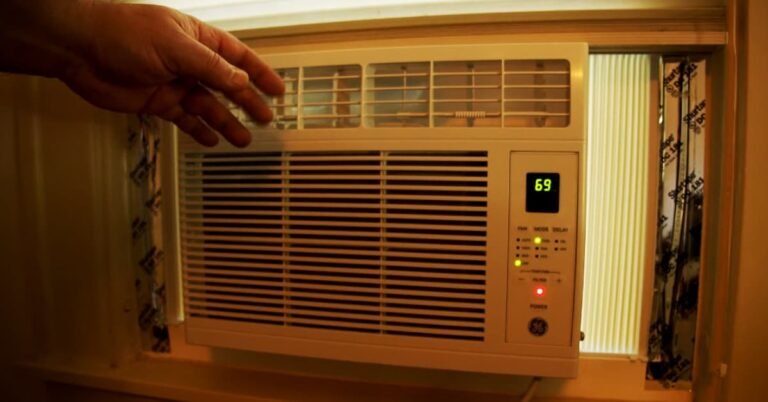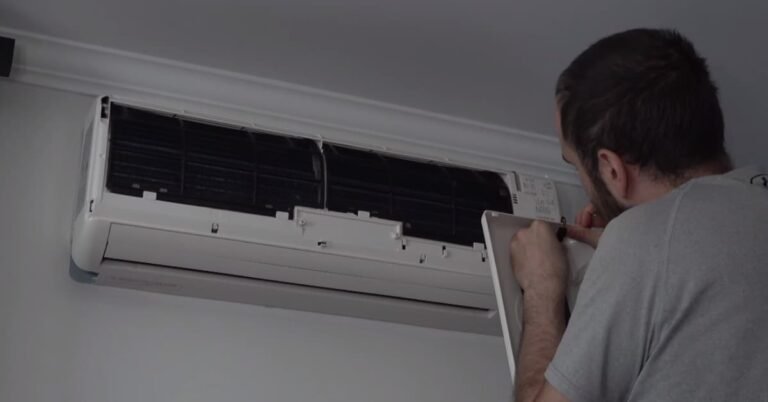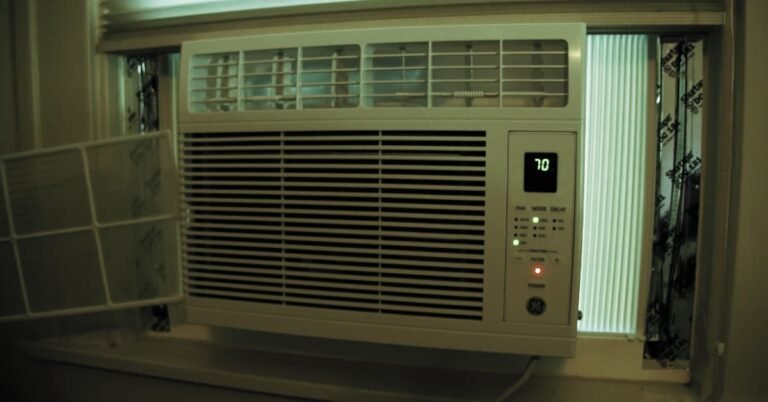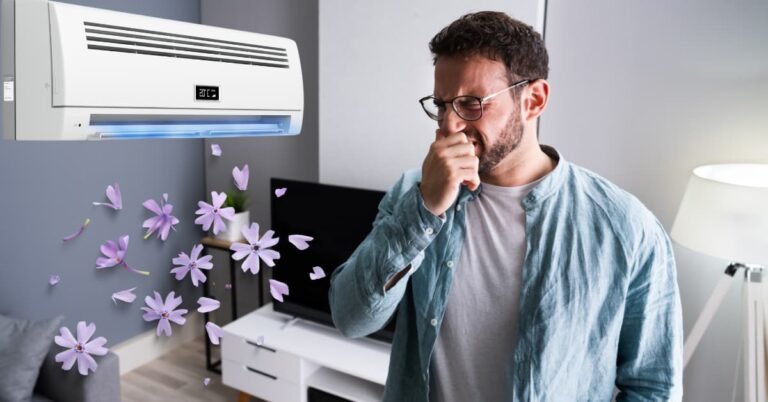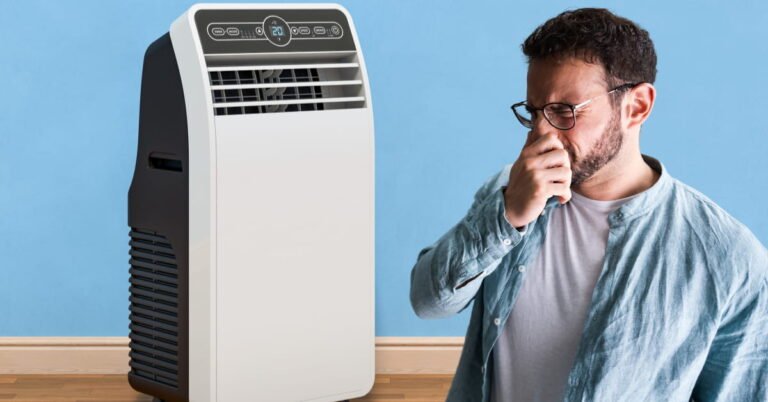Bryant Air Conditioner Compressor Not Working – Fix Yourself
If your Bryant AC compressor stops working, it can be frustrating and uncomfortable, especially on hot summer days.
Several potential issues may cause this problem, requiring troubleshooting and repair. To address these problems, a step-by-step approach can be taken.
By fixing these issues, you can restore functionality to your Bryant air conditioner compressor and ensure a comfortable indoor environment.
So, get ready to fix your faulty Bryant air conditioner compressor!
Causes For Bryant Air Conditioner Compressor Not Working
The Bryant air conditioner compressor not working can be caused by various factors, including power issues, a faulty capacitor, low refrigerant level, or a defective compressor motor.
Other common culprits include a defective contactor, restricted airflow, and a faulty thermostat. To fix these issues, steps must be taken accordingly.
By following these troubleshooting guides, you can get your AC running again in no time.
1. Power Issues
Power issues can be a common cause for a Bryant air conditioner compressor to stop working.
How to Fix?
1. Check the power supply: Ensure the air conditioner is properly connected to a functioning power outlet. Verify that the circuit breaker or fuse for the unit is not tripped or blown.
2. Inspect the control board: Examine the control board for any signs of damage, loose wires, or burnt connectors. If necessary, consult a professional technician for further assistance.
3. Test the capacitor: Using a multimeter set to the capacitance mode, measure the capacitance value of the capacitor. If it reads significantly lower than the manufacturer’s specifications, it may need to be replaced.
4. Replace the faulty capacitor: Turn off the power supply to the air conditioner and discharge the capacitor. Take note of the capacitor’s capacitance and voltage ratings and purchase a suitable replacement. Install the new capacitor following the manufacturer’s instructions.
5. Restore power and test: After replacing the capacitor, restore power to the air conditioner and test the compressor’s functionality. If the issue persists, consider contacting a professional HVAC technician for further diagnosis and repair.
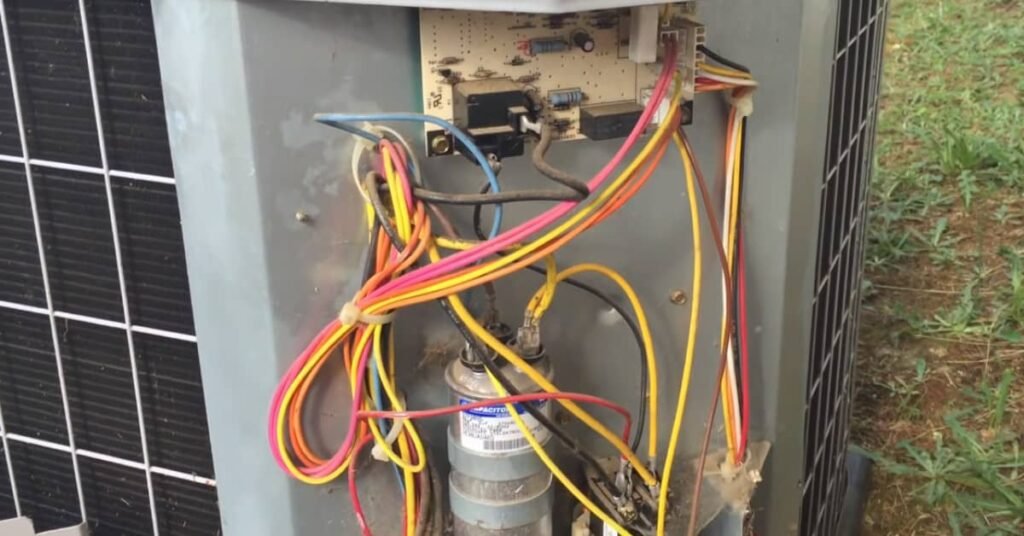
2. Faulty Capacitor
A faulty capacitor in a Bryant AC compressor can cause it to malfunction. Capacitors store electrical energy and provide a boost to the compressor motor during startup. When a capacitor fails, it can result in the compressor not working correctly.
How to Fix?
1. Turn off the power: Before working on the air conditioner, ensure power to the unit is switched off to prevent electrical shock.
2. Locate the capacitor: Capacitors are typically cylindrical and located near the compressor. Refer to the unit’s manual or consult a professional if needed.
3. Discharge the capacitor: Use an insulated screwdriver with a shorting probe to discharge any stored electricity. Carefully touch the metal terminals of the capacitor with the probe.
4. Remove the faulty capacitor: Take note of the wires connected to the capacitor, and then disconnect them. Remove the mounting bracket or strap holding the capacitor in place.
5. Install the new capacitor: Install the replacement capacitor, ensuring it matches the specifications of the old capacitor. Reconnect the wires following the appropriate color-coding or labeling.
6. Test and restore power: Turn the power back on and verify that the air conditioner starts properly. If the compressor functions as expected, the faulty capacitor has been successfully replaced.
3. Faulty Compressor Motor
A faulty compressor motor can also hinder the operation of a Bryant air conditioner compressor. If the motor fails to run or exhibits irregular behavior, it may need to be addressed.
How to Fix?
1. Safety first: Before working on the air conditioner, turn off the power supply at the disconnect box or circuit breaker to prevent electrical accidents.
2. Test the motor: Use a multimeter to test the motor windings for continuity. Refer to the user manual for the specific values needed. If there is no continuity or readings are significantly different from specifications, the motor may need to be replaced.
3. Replace the motor: If the motor is deemed faulty, contact a professional HVAC technician to assist with selecting and installing a compatible replacement motor. They will ensure proper wiring and alignment.
4. Test the new motor: After installation, restore the power supply and test the air conditioner. Monitor the compressor motor’s performance to verify that it is running smoothly and without any irregularities.

4. Low Refrigerant Level
The low refrigerant level can cause Bryant air conditioner compressors to function poorly. Insufficient refrigerant can lead to reduced cooling capacity and overall inefficiency.
How to Fix?
1. Check for leaks: Low refrigerant levels are often caused by leaks in the system. Inspect the refrigerant lines, connections, and coils for any signs of leakage, such as oil stains or hissing sounds.
2. Repair the leaks: If leaks are found, it is recommended to contact a professional HVAC technician to repair them. They will use specialized tools and techniques to fix the leaks and ensure the system is properly sealed.
3. Recharge the refrigerant: Once the leaks are fixed, the refrigerant can be recharged. This task should be performed by a certified technician who can measure the correct amount of refrigerant required for optimal performance.
4. Perform a test run: After recharging the refrigerant, switch on the air conditioner and monitor its performance. Ensure that the compressor is running smoothly, and cool air is being produced.
5. Defective Contactor
When a Bryant AC compressor fails, a faulty contactor may be the cause. The contractor is responsible for energizing the compressor and controlling the flow of electricity.
How to Fix
1. Turn off the power: Before starting any repair work on the air conditioner, ensure the power supply is switched off to prevent electrical accidents.
2. Locate the contactor: The contactor is usually found inside the electrical panel of the air conditioner unit. Refer to the user manual or seek professional assistance if needed.
3. Inspect the contactor: Check the contactor for signs of wear, damage, or burnt components. If any visual issues are found, it is likely the contactor needs to be replaced.
4. Disconnect the wires: Using insulated pliers or a screwdriver, gently disconnect the electrical wires connected to the contactor. Take note of the wiring configuration or take a photo for reference.
5. Remove the faulty contactor: Loosen the screws or bolts securing the contactor in place. Carefully remove the defective contactor from the electrical panel.
6. Install the new contactor: Install the replacement contactor, ensuring the wiring connections match the original configuration. Tighten the screws or bolts to secure the contactor in place.
7. Reconnect the wires: Attach the electrical wires to the appropriate terminals on the new contactor. Double-check the connections to ensure they are secure and properly aligned.
8. Restore power and test: Turn the power back on and test the air conditioner to verify that the compressor is now functioning correctly. If the unit operates as expected, the defective contactor has been successfully replaced.

6. Restricted Airflow
Restricted airflow can also be a contributing factor to a Bryant air conditioner compressor not working properly. Insufficient airflow can cause the system to perform poorly and may lead to compressor failure.
How to Fix?
1. Check the air filter: Inspect the air filter in the air conditioner unit. If it appears dirty or clogged, replace it with a new, clean filter. Regularly clean or replace the filter according to the manufacturer’s recommendations.
2. Clear obstructions: Ensure that there are no obstructions near the air intake or vents, such as furniture, curtains, or plants. Clear any objects that may restrict the airflow.
3. Clean the evaporator coil: Over time, the evaporator coil can accumulate dust and debris, reducing airflow. Turn off the power supply to the air conditioner and carefully clean the coil using a soft brush or vacuum cleaner.
4. Check the ductwork: Inspect the ductwork for any leaks, loose connections, or blockages. Seal any leaks with duct tape or contact a professional HVAC technician for repairs.
5. Remove blockages from the vents: Examine the supply and return vents to ensure they are not blocked by dust, debris, or other objects. Use a vacuum or a soft cloth to remove any obstructions.
6. Test the airflow: After performing the necessary cleaning and maintenance, switch on the air conditioner and evaluate the airflow. It should now be unrestricted and evenly distributed throughout the space.
7. Faulty Thermostat
A faulty thermostat can also contribute to the malfunctioning of a Bryant air conditioner compressor. If the thermostat does not accurately control the temperature or fails to communicate with the compressor, it may need to be repaired or replaced.
How to Fix?
1. Check the power: Ensure the thermostat is receiving power. Check the batteries or the electrical connections to confirm proper power supply.
2. Verify temperature settings: Make sure the thermostat is set to the desired temperature and mode (cooling). Ensure that the settings are appropriate for the current conditions.
3. Clean the thermostat: Carefully remove the thermostat cover and clean the interior components using a soft cloth. Dust, dirt, or debris accumulation can interfere with its functionality.
4. Calibrate or adjust the thermostat: Some thermostats may require calibration or adjustment to accurately read and control the temperature. Refer to the thermostat’s user manual for instructions specific to your model.
5. Replace the thermostat: If the thermostat is still behaving erratically or fails to control the air conditioner properly, it may need to be replaced. Purchase a compatible thermostat and follow the manufacturer’s instructions for installation.
6. Test the new thermostat: After installing the new thermostat, verify that it can accurately control the air conditioner compressor. Monitor its performance to ensure it maintains the desired temperature.
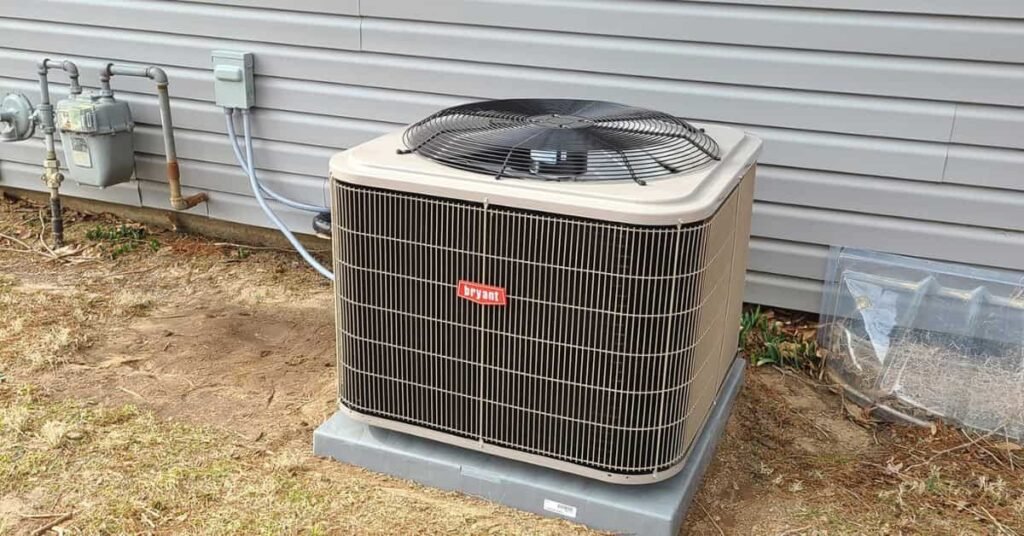
Bryant Air Conditioner Maintenance
Proper maintenance is essential to ensure your Bryant air conditioner is in optimal condition and operates efficiently.
By following these maintenance tips, you can extend your unit’s lifespan and enjoy a consistently comfortable indoor environment.
1. Clean Or Replace Air Filters Regularly
Frequent cleaning or replacement: Inspect the air filters once a month and clean or replace them as needed.
Improved air quality: Clean filters ensure that your air conditioner circulates clean air, free from dust, pollen, and other particles.
Enhanced efficiency: Clogged filters restrict airflow, forcing your system to work harder and consume more energy. Regular cleaning or replacement allows for proper airflow and improved energy efficiency.
2. Check And Clean Coils
Outdoor condenser coils: Regularly inspect and clean the outdoor condenser coils to remove dirt, leaves, and debris. Use a brush or hose to remove stubborn debris.
Indoor evaporator coils: Over time, indoor evaporator coils might accumulate dirt and dust. Ensure these coils are kept clean to maximize the efficiency of your air conditioner.
3. Clear Surrounding Area
Remove obstructions: Clear any obstructions, such as plants, leaves, or debris, from the area surrounding your outdoor unit. This ensures adequate airflow and prevents potential damage to the system.
4. Inspect And Clean Condensate Drain
Regular maintenance: Regularly check the condensate drain to prevent clogs caused by debris or algae growth. A clogged drain can lead to water leakage or damage to your unit.
Cleaning process: Use a mixture of water and bleach to clean the condensate drain. Consult your owner’s manual for specific instructions.
5. Ensure Proper Insulation
Check insulation: Inspect the insulation of the refrigerant lines and replace any damaged or deteriorated insulation. Proper insulation helps maintain energy efficiency and prevents condensation.
6. Schedule Professional Maintenance
Annual professional service: Arrange for an annual maintenance visit from a qualified HVAC technician to ensure your Bryant air conditioner is thoroughly inspected, cleaned, and fine-tuned.
Follow these maintenance tips to improve performance, energy efficiency, and comfort for years to come.
Conclusion
The Bryant air conditioner compressor not working can be a common occurrence with various potential causes. By identifying and addressing issues such as a defective contactor, restricted airflow, or a faulty thermostat, you can restore its functionality.
Take proactive steps like inspecting and replacing components, cleaning filters, and ensuring unobstructed airflow. By troubleshooting these problems, you can enjoy a properly functioning air conditioner and a comfortable indoor environment.
Keep in mind the importance of regular maintenance to prevent future compressor issues and maximize the lifespan of your Bryant air conditioner.

